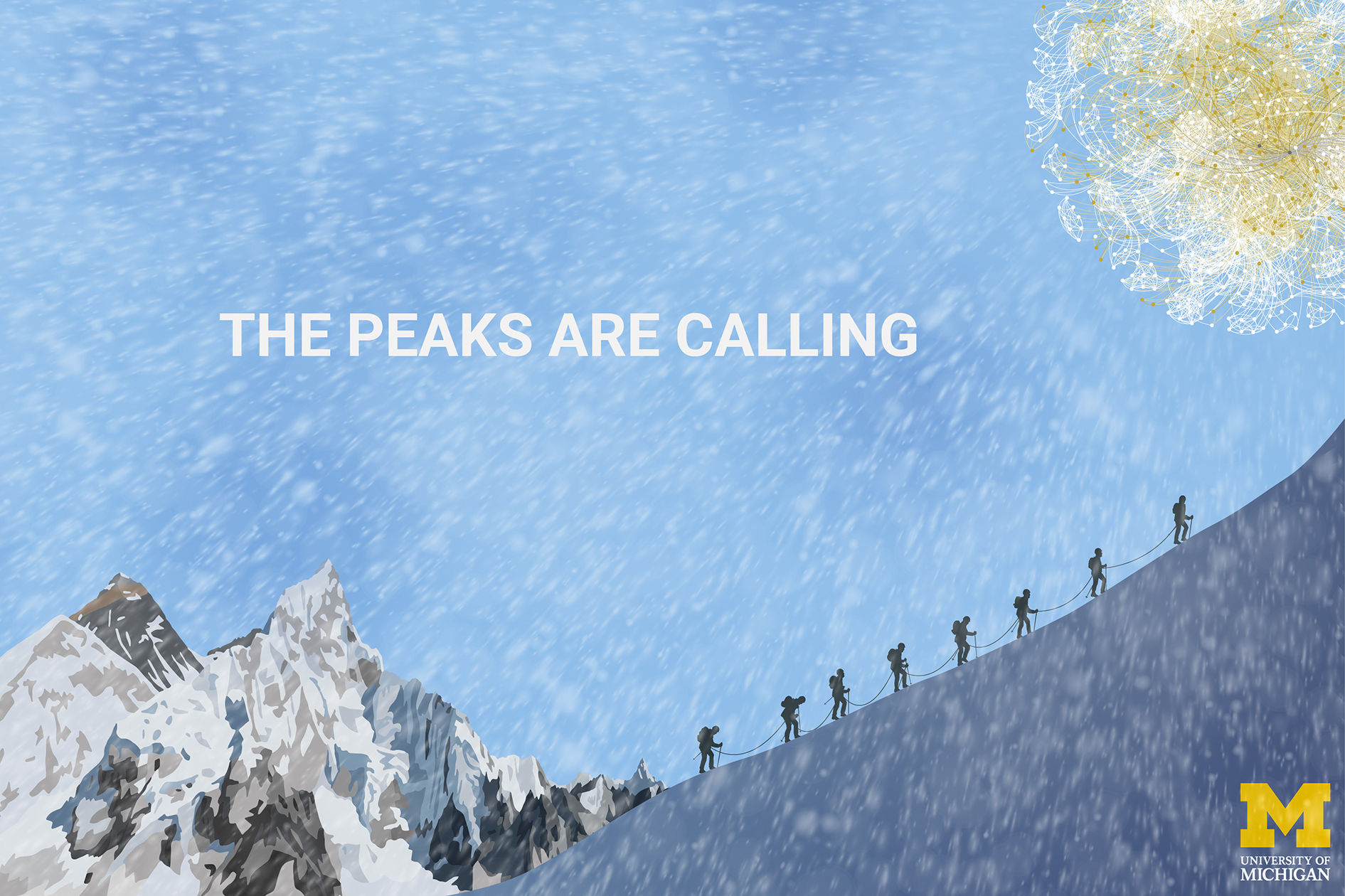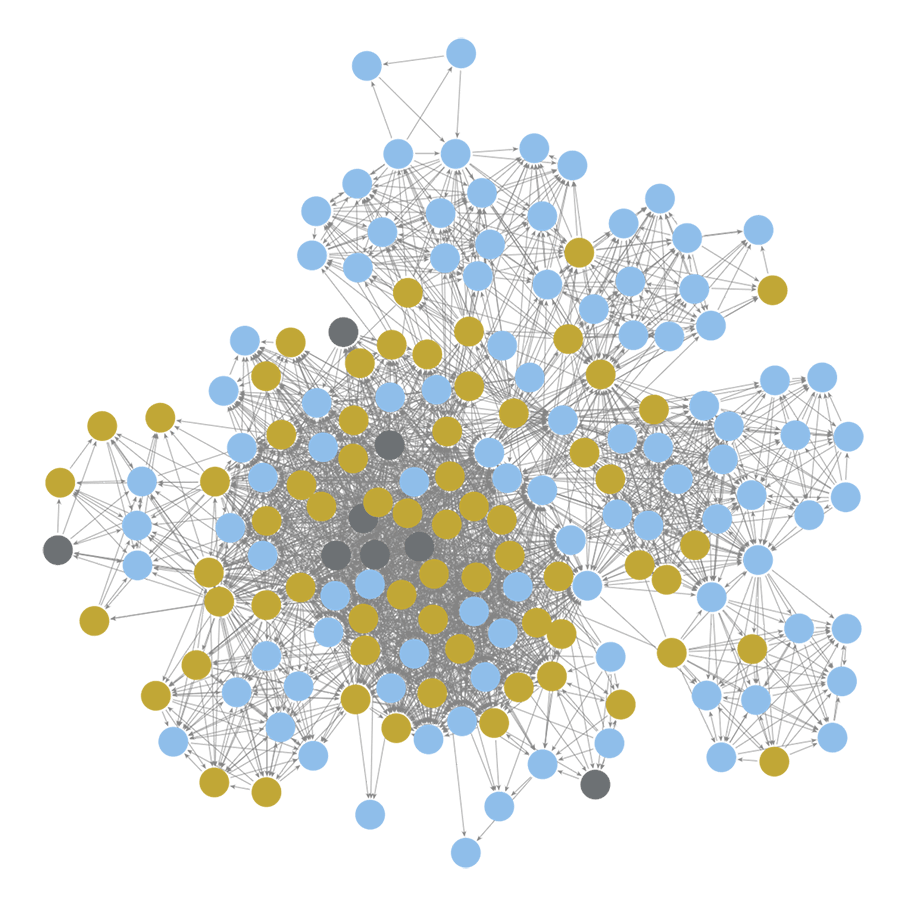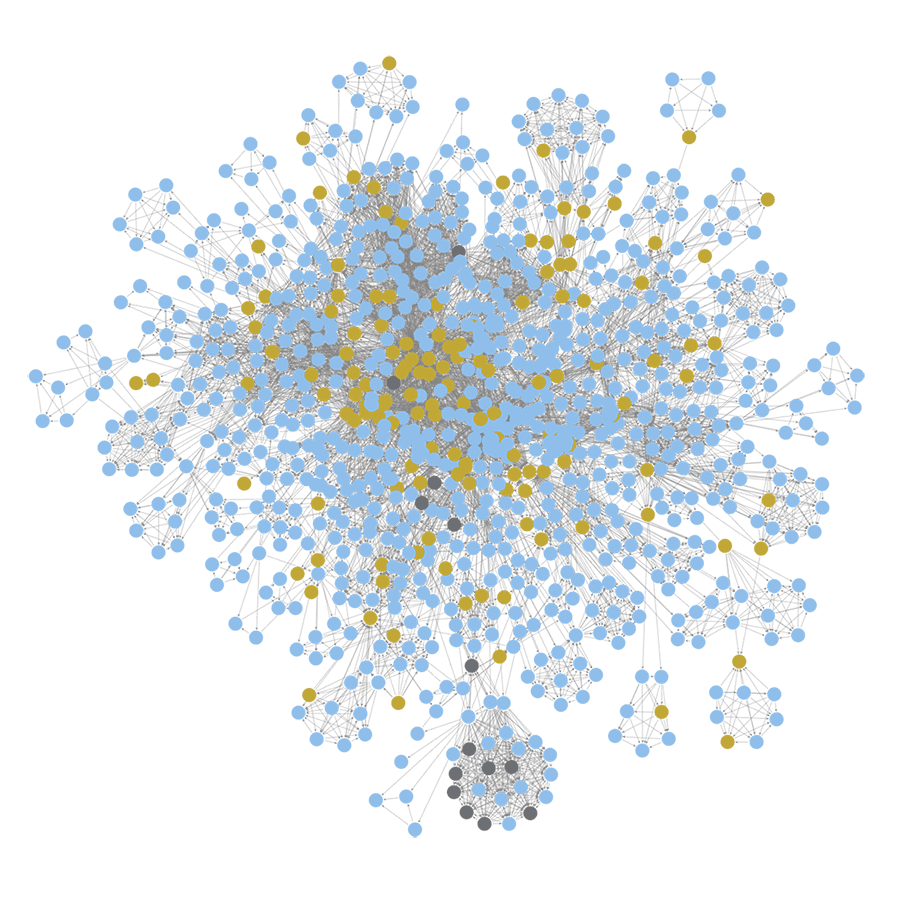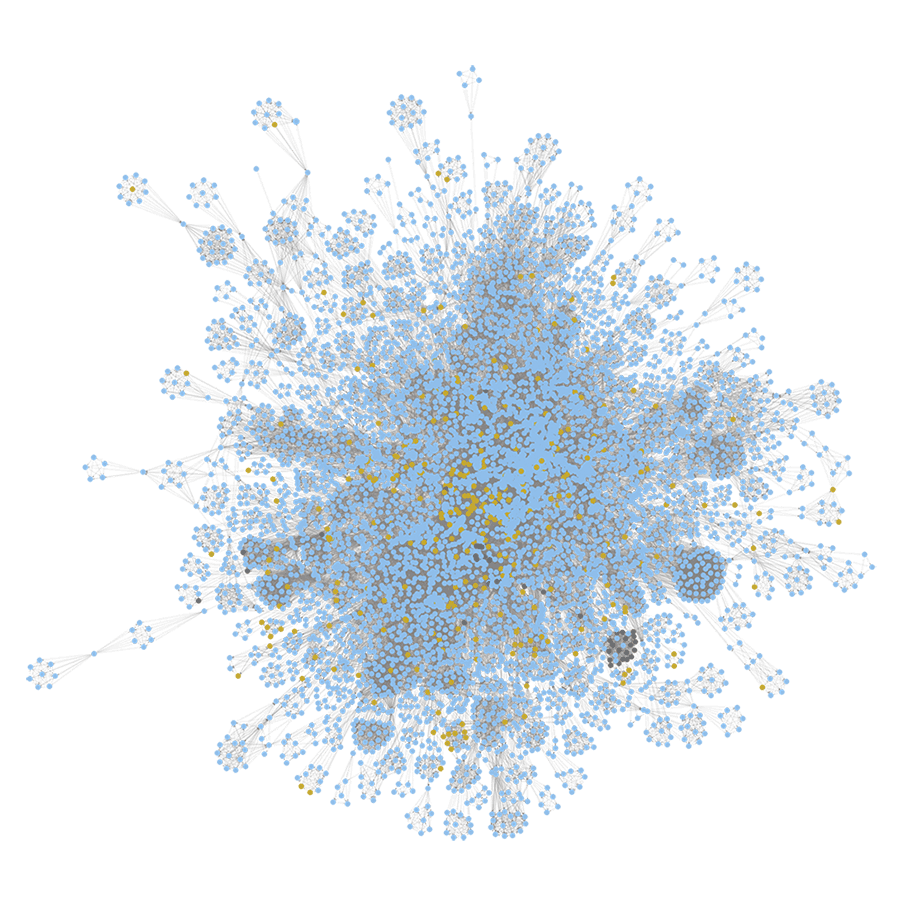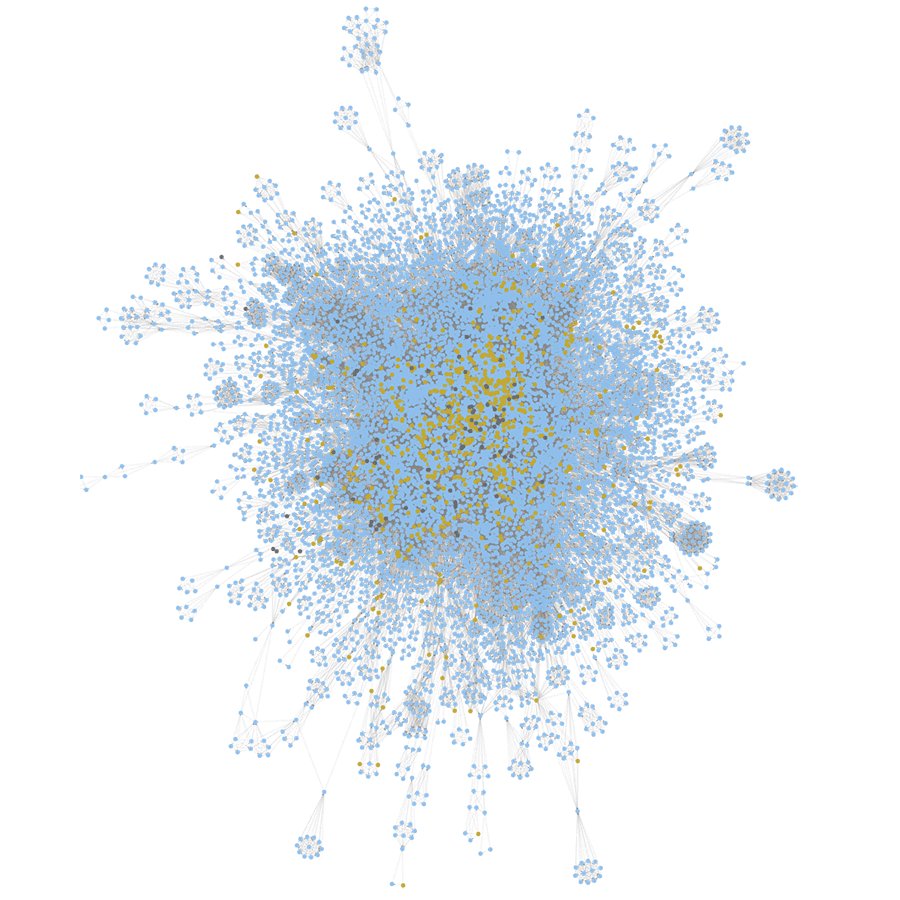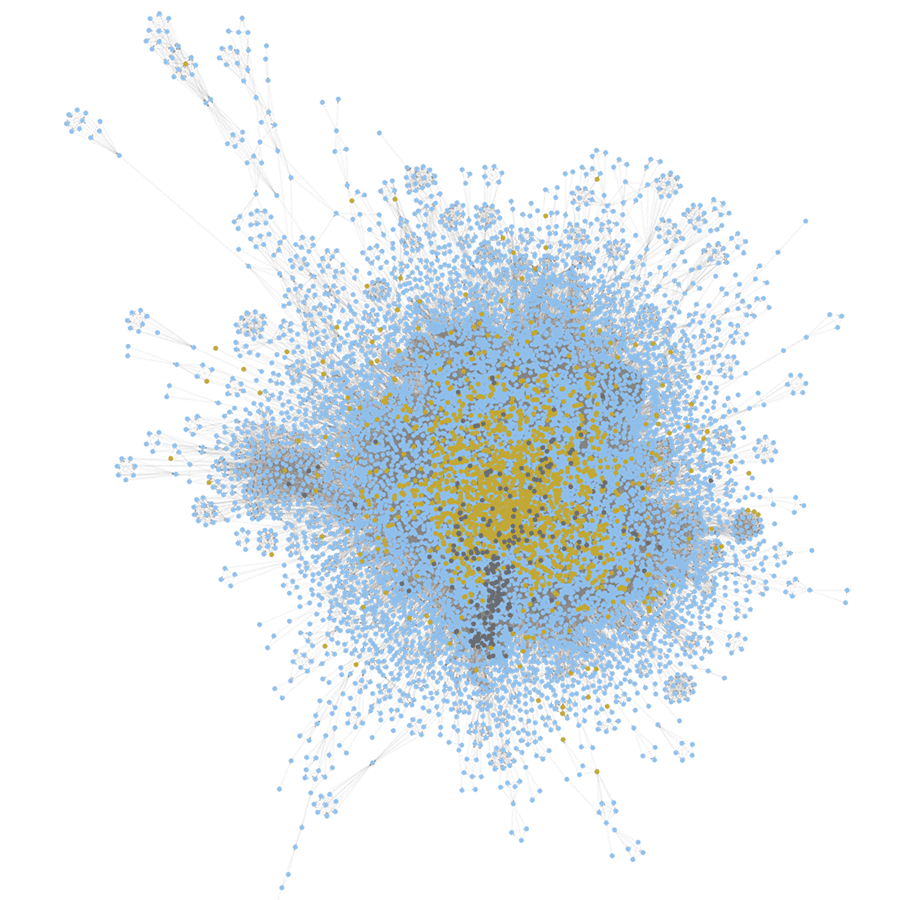As local Sherpa and Tibetan communities were central to these expeditions, it seems fair to assume that their culture and norms were also central to the development of the Himalayan expedition culture and norms. These observations thus support with some nuance the hypothesis that “it is the Sherpas themselves that are the maintainers of the prosocial behavior within the traditional non-commercial group”. Within these influencers we also see some Tibetans and, since the commercial period, many foreign expedition leaders, mountain guides and expedition owners. So, more than just the Sherpas, it seems that it is all the people working, guiding, leading expeditions, whether they are Sherpas or not, who are playing a big role in maintaining the prosocial behaviors.
In conclusion, a lot of the weakening in the community relationships seems to have started before the introduction of commercial expeditions, as the number of expeditions and members grew. It even seems, on the contrary, to have a positive effect on the interactions between Sherpa/Tibetan and Non-Sherpa/Tibetan climbers, probably because the less experienced non-commercial climbers rely more on Sherpas and Tibetans. We cannot conclude from these metrics about the quality of these relationships or the evoked “emotional bond”, yet these findings do not fully align with some of the statements in (Savage & Torgler, 2013). At least in terms of quantity. If commercialization weakened the pro-social behavior, the reasons seem to, at least partly, lie somewhere else than in the weakening of the relationships.
Finally, if the introduction of social-media has changed how climbers communicate about their expeditions to the public and how people share information within the expedition community, but also outside of it, we do not see any change in the trends started in earlier periods.
